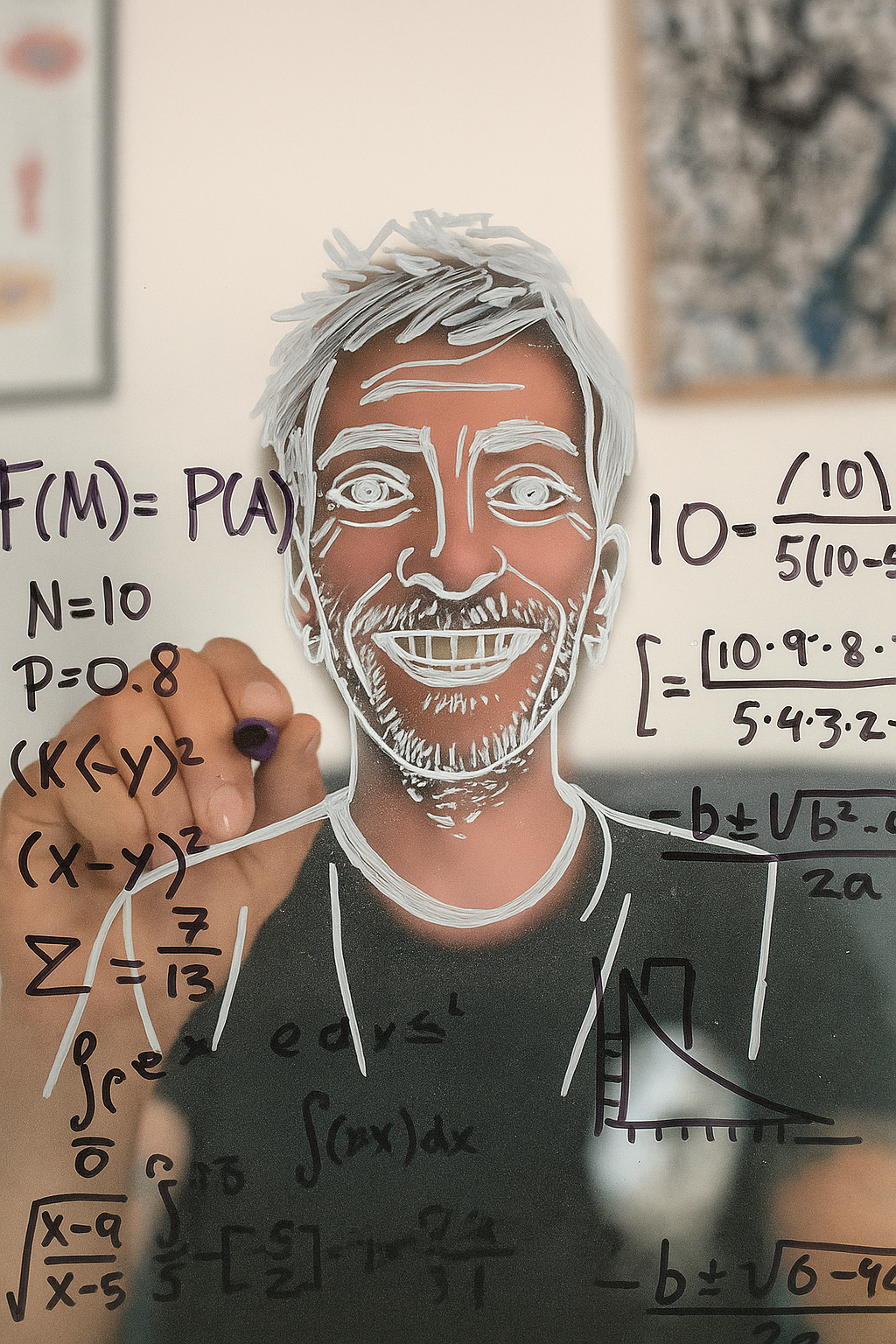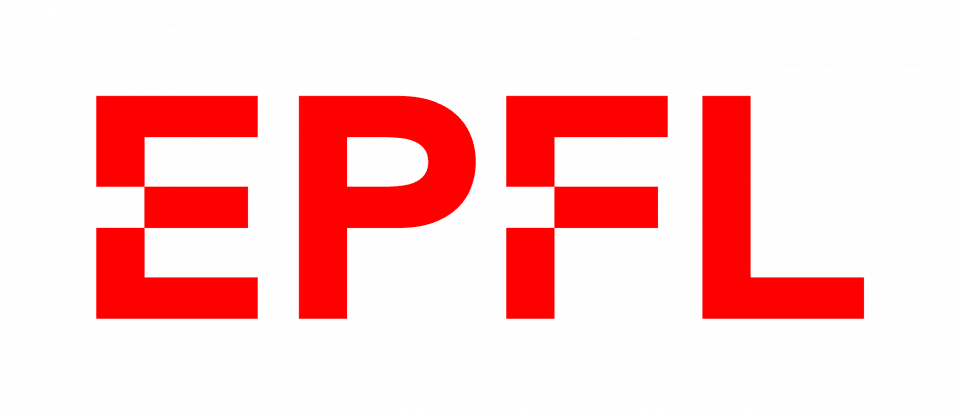FAIRRR 5/5 — The 30‑Day Playbook to Adopt FAIRRR with MAPP
A pragmatic rollout plan with roles, milestones, and proof points—so you can adopt FAIRRR in a month without boiling the ocean.

Hi! I’m Damien Huzard, PhD in behavioral neuroscience
Email: damien.huzard (at) gmail.com ORCID: 0000-0003-4820-7951
For Behavioral expertise, Consultancy on FAIR Metadata management and Data analysis services please check NEURONAUTIX website! To Book a quick meeting please check here
I’m fascinated by bio-behavioral phenotyping, which is considering and describing organisms in their entirerity. I consider myself a Scientist specialized in neuroscience, physiology and behavioral outputs. I like doing a lot of stuff, mostly science related. I’m also an Open Science Advocate.
My main research interests gravitated around the concepts of Adaptation, Stress, coping strategies, social interactions which are linked to main physiological features such as cardiac regulation* and (somato)sensory-processing. I am an advocate for the biobehavioral phenotyping of animal models, pushing for a description over an interpretation of data! In my last postdoc, I was focusing on analyzing the skin as (one of) the first interface linking environment and behavioral adaptation.
Now, I’m very much interested into FAIR (Findable, Accessible, Interoperable and Reusable) (meta)data management and how this could be improved in preclinical laboratory settings. This is why, I initiated the project MAPP. In that context, I’m now trying to incorporate relevant aspect of the Web Semantics into intuitive research workflows. I also created the FAIRRR framework, a dedicated label specifying that FAIR preclinical research respects the 3Rs (Replace, Reduce, Refine) => FAIR for the Animals, and for Innovative, Reproducible, and Responsible Research (FAIRRR).
My interests/expertise are:
My ultimate goal is to improve the way preclinical behavioral research could benefit translational and clinical research.

Map device outputs and labels to shared ontologies for comparability.
METADATAPP (MAPP)
Montpellier, France
‘A platform to facilitate metadata management in preclinical research.’
NeuroNautix
Montpellier, France
Dec 2024 - today
‘Consultancy and expert services on Behavioral research, Homecage monitoring Solutions, Data analysis and FAIR metadata management’
Labs of E. Bourinet and A. François
University of Montpellier, Inserm, IGF
Montpellier, France
July 2021 - May 2024
What if the skin and somatosensory system were involved in social deficits of a mouse model of autism?
I was Studying the effects of Affective Touch on mice:
Techniques used: Skin-Nerve recordings, Live Mouse Tracker, ECG recordings (HRV analysis), behavioral phenotyping…
Jeanneteau Lab
Inserm, IGF
Montpellier, France
February 2019 - February 2021
I was studying social behaviors with two mouse models of Autism (Magel2-KO and Cntnap2-KO).
Sandi Lab (LGC)
EPFL, Switzerland
March 2014 - June 2018
I studied the bio-behavioral phenotype of rats with different stress adaptation profiles:
Mumby Lab
Concordia University
Montreal, Canada
July 2012 - October 2013
The effects of extrinsic stress on somatic markers and behavior are dependent on animal housing conditions, D. Huzard et al., Physiology and Behavior, 2015
EPFL, Lausanne, Switzerland September 2011 - September 2013 GPA: 5.6/6

EPFL, Lausanne, Switzerland September 2008 - September 2011
Primary sensory neuron dysfunction underlying mechanical itch hypersensitivity in a Shank3 mouse model of autism
BioRxiv, 2024 Dec 29; doi: https://doi.org/10.1101/2024.12.29.630575
Huzard D, Marias M, Granat C, Oliva J, Soubeyre V, Grellier G, Negm A, Devaux J, Bourinet E, and François A.
LINK
The impact of C-tactile low-threshold mechanoreceptors on affective touch and social interactions in mice.
Science Advances, 2022 June 29; Vol 8, Num 26 eabo7566. doi: 10.1126/sciadv.abo7566. PMID: 35767616; PMCID: PMC9242590.
Huzard D, Martin M, Maingret F, Chemin J, Jeanneteau F, Mery PF, Fossat P, Bourinet E, and François A.
PDF
Experience and activity-dependent control of glucocorticoid receptors during the stress response in large-scale brain networks.
Stress, 2021 March;24(2):130-153. DOI: 10.1080/10253890.2020.1806226
Huzard D, Rappeneau V, Meijer O.C., Touma C., Arango-Lievano M., Garabedian M.J., Jeanneteau F
PDF
Constitutive differences in glucocorticoid responsiveness are related to divergent spatial information processing abilities.
Stress, 2020 Jan;23(1):37-49. doi: 10.1080/10253890.2019.1625885. Epub 2019 Jun 12. PMID: 31187686.
Huzard D, Vouros A, Monari S, Astori S, Vasilaki E, Sandi C.
PDF
Control of Social Withdrawal of Mice Deficient for the Autism Gene Magel2 by Restoration of Vasopressin-Oxytocin Dialogue in Septum.
Borie AM, Dromard Y, Dufner D, Pollozi E, Huzard D, …(+7)…, Jeanneteau F.
bioRxiv Link
The link between aberrant hypothalamic-pituitary-adrenal axis activity during development and the emergence of aggression—Animal studies.
Neuroscience & Biobehavioral Reviews, 2018 Aug;91:138-152. doi: 10.1016/j.neubiorev.2016.10.008. Epub 2016 Oct 14. PMID: 27751733.
Walker SE*, Papilloud A*, Huzard D*, Sandi C.
*Equal contribution.
PDF
Low vagal tone in two rat models of psychopathology involving high or low corticosterone stress responses.
Psychoneuroendocrinology, 2019 Mar;101:101-110. doi: 10.1016/j.psyneuen.2018.11.003. Epub 2018 Nov 3. PMID: 30448728.
Huzard D, Ghosal S, Grosse J, Carnevali L, Sgoifo A, Sandi C.
PDF
Low empathy-like behaviour in male mice associates with impaired sociability, emotional memory, physiological stress reactivity and variations in neurobiological regulations.
PLoS One, 2017 Dec 4;12(12):e0188907. doi: 10.1371/journal.pone.0188907. PMID: 29200428; PMCID: PMC5714342.
Laviola G, Zoratto F, Ingiosi D, Carito V, Huzard D, Fiore M, Macrì S.
Urolithin A induces mitophagy and prolongs lifespan in C. elegans and increases muscle function in rodents.
Nature Medicine, 2016 Aug;22(8):879-88. doi: 10.1038/nm.4132. Epub 2016 Jul 11. PMID: 27400265.
Ryu D, Mouchiroud L, Andreux PA, Katsyuba E, Moullan N, Nicolet-Dit-Félix AA, Williams EG, Jha P, Lo Sasso G, Huzard D, Aebischer P, Sandi C, Rinsch C, Auwerx J.
The effects of extrinsic stress on somatic markers and behavior are dependent on animal housing conditions.
Physiology & Behavior, 2015 Nov 1;151:238-45. doi: 10.1016/j.physbeh.2015.07.018. Epub 2015 Jul 26. PMID: 26220463.
Huzard D, Mumby DG, Sandi C, Poirier GL, van der Kooij MA.
PDF
A pragmatic rollout plan with roles, milestones, and proof points—so you can adopt FAIRRR in a month without boiling the ocean.
A concrete example: modeling devices, behaviors, and provenance in Home Cage Monitoring to unlock reuse, comparability, and fewer animals.
MAPP turns scattered records into structured, shareable, machine‑readable metadata—operationalizing FAIRRR with standards, identifiers, and provenance.
Turn FAIRRR into concrete lab behaviors and outcome metrics you can track—and see how better metadata directly supports the 3Rs.
Poor metadata drives irreproducibility and unnecessary animal use. FAIRRR reframes metadata as a scientific and ethical responsibility—and MAPP makes it oper...
Preclinical research stands at a critical juncture, facing mounting pressure from regulators, a persistent reproducibility crisis, and evolving ethical consi...
The field of Human-Computer Measurement (HCM), especially concerning animal behavior, is experiencing rapid growth. This expansion, while promising, has also...
It was my first (and unfortunately last) in-person TEATIME conference, and what a blast it was! The event was a whirlwind of inspiring talks, groundbreaking ...
“Aujourd’hui, maman est morte” (Today, mom died) * Exactly one year ago my mum died from glioblastoma.
My Personal Journey with the Live Mouse Tracker: From Novice to Home Cage Monitoring Expert
Turn an Article into a LinkedIn Post
The Power of Storytelling in Science: Framing Research as a Journey
Harnessing the Power of Large Language Models: A Personal Tribute to ChatGPT and Beyond
In the relentless hustle of modern life, we often celebrate those who put in long hours, wear exhaustion as a badge of honor, and grind their way to the top....
Here I’m, advertising myself and sharing the fact that I am currently looking for a science Job (and probably not in academia anymore…)
I’m Lauchging my new website and Blog… Let see what it will give! I hope to being able to write some blog post about my activities (personal essays on my sci...